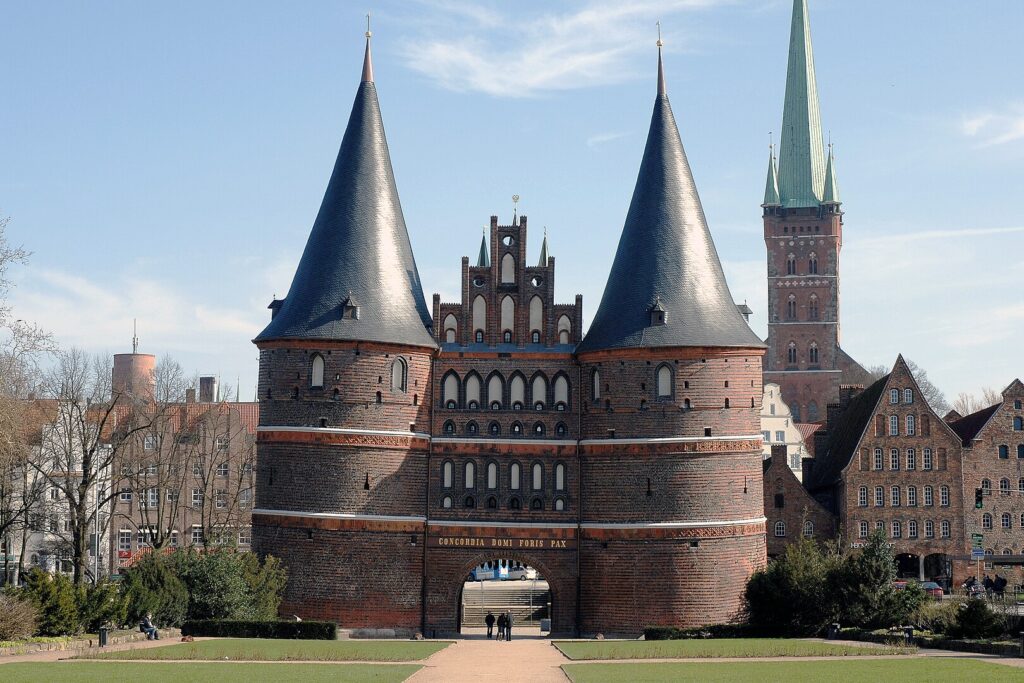
Formation and Purpose
The Hanseatic League, a powerful commercial alliance of trading cities in Northern Europe, played a significant role in medieval trade from the 12th to the 17th centuries. Formed to protect and promote mutual trading interests, the League comprised cities such as Lübeck, Hamburg, and Bremen. Its primary purpose was to secure safe trading routes, negotiate trade privileges, and defend against piracy and political interference.
Economic Impact
The Hanseatic League greatly enhanced trade across the Baltic and North Seas, facilitating the exchange of goods such as timber, furs, textiles, and grain. It established a network of trade routes and outposts, known as Kontors, which served as major centers for commerce and administration. The League’s ability to standardize trade practices and enforce regulations contributed to the stability and growth of the medieval economy in Northern Europe.
Political and Social Influence
Beyond its economic impact, the Hanseatic League wielded significant political and social influence. It acted as a collective bargaining entity, negotiating treaties and trade agreements with kingdoms and other political entities. The League also promoted cultural exchange and urban development, fostering the growth of member cities into prosperous and influential centers of trade and culture.
Conclusion
The Hanseatic League’s influence on medieval trade was profound. Its efforts to protect and promote commercial interests, standardize trade practices, and foster economic growth left a lasting legacy on the economic and political landscape of medieval Northern Europe.